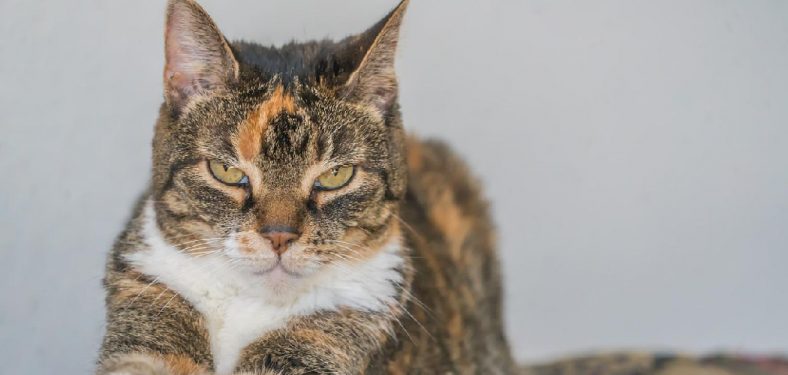Have you ever wondered why does my indoor cat have fleas? Unfortunately, fleas are a common problem for cats, and they can be difficult to get rid of. Fleas are tiny parasites that can infest both cats and dogs. While fleas can live on other animals or in the environment, they typically prefer to feed on the blood of their hosts.
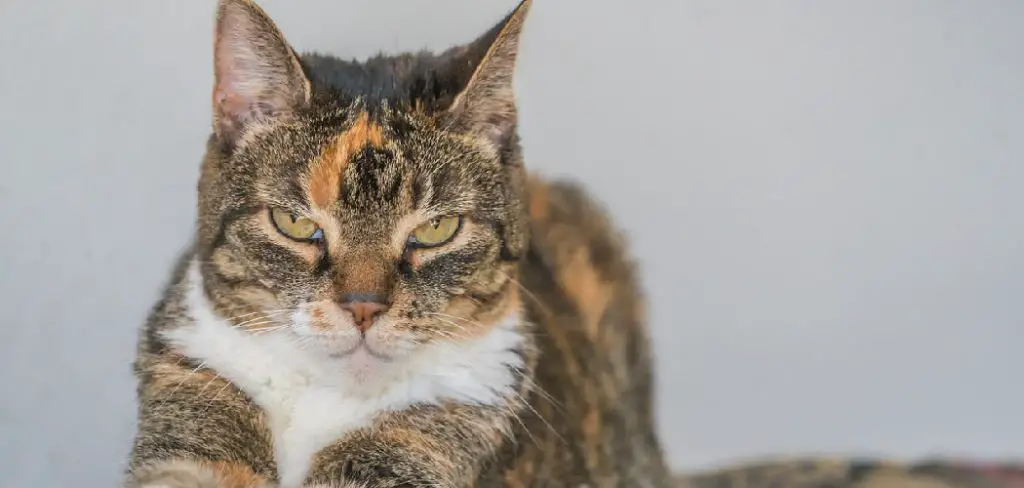
Fleas can cause various health problems in pets, from skin irritation to serious diseases. If you think your indoor cat has fleas, it’s important to take action to get rid of them. Here’s everything you need to know about fleas and how to treat an infestation in your home.
Contents
Why It’s Important to Get Rid of Fleas from Your Indoor Cat?
Fleas are not just a nuisance; they can also be dangerous to your cat’s health. These parasitic insects feed on your cat’s blood and can cause anemia and other serious health problems. Additionally, fleas can carry diseases transmitted to your cat, including typhus and bartonellosis.
Fleas are also known to cause allergies in some cats, leading to excessive scratching and hair loss. In short, it’s important to get rid of fleas from your indoor cat for their sake and your own.
10 Reasons Why Does Your Indoor Cat Have Fleas?
1. Your Other Pets Could Have Fleas
If you have other pets in your home, they could be the source of your indoor cat’s fleas. Even if your other pets don’t have any visible fleas, they could still be carrying them. Be sure to treat all of your pets for fleas to prevent further infestation.
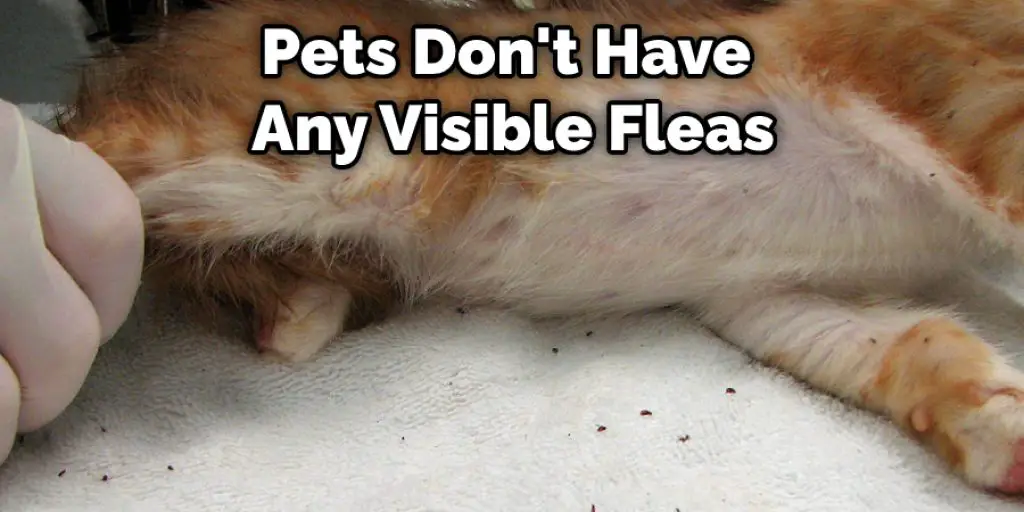
2. You May Have Brought Fleas Into Your Home
Fleas can hitch a ride on your clothes or shoes and be brought into your home that way. If you’ve recently been in an area where there are a lot of fleas, it’s possible that you brought some home with you without realizing it. Once they’re inside, those fleas can jump onto your cat and start biting.
3. Your Cat Could Have Been Exposed to Fleas Outside
Even if you don’t have other pets and you’re careful about not bringing fleas into your home, your cat could still be exposed to the outdoors and contact fleas. For example, if you live in an area with a lot of other animals, such as a farm or suburban area with lots of stray pets, your cat could be at risk of picking up fleas from its environment.
4. There Could Be Fleas Hiding in Your Carpet
If you have an indoor/outdoor cat, or if your indoor cat ever spends time outside, it’s possible that fleas could be hiding in your carpet. Vacuuming regularly can help get rid of any fleas that might be lurking, but you may also need to treat your carpet with a flea spray or powder to get rid of the problem completely.
5. You Might Have Picked Up Fleas From Another Pet
If you have another pet, such as a dog, it’s possible that they could have brought fleas into the house. Even if your dog is treated for fleas, they can still pick up new fleas from outside and bring them into the house. If you think this might be the case, you’ll need to treat all of your pets for fleas and vacuum your entire house thoroughly.
6. There Could Be a Flea Infestation in Your Neighborhood
If you live in an area with a lot of other animals, there’s a chance that your indoor cat could be coming into contact with fleas carried by other creatures. Even if your home is clean and free of fleas, your cat could pick them up while outside or at the homes of friends and family members.
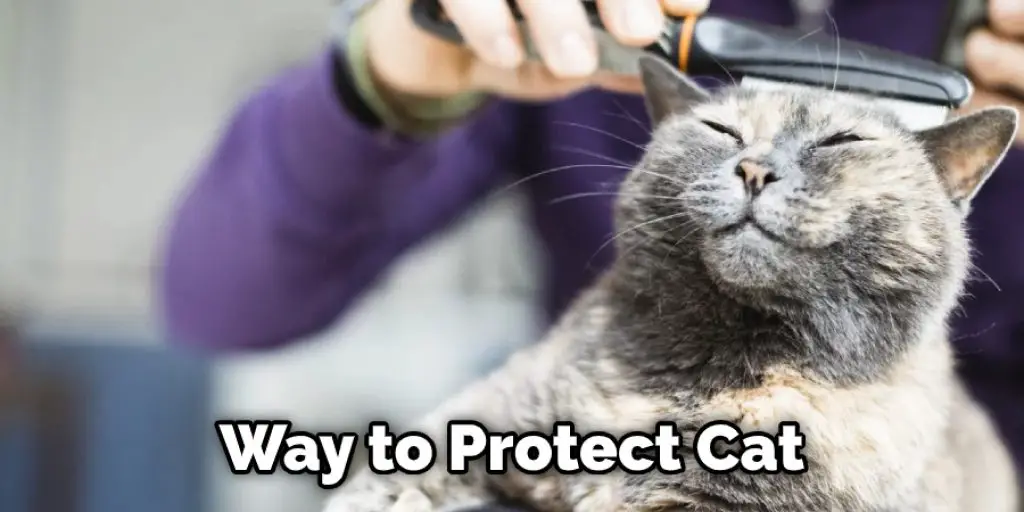
If you think this might be the case, talk to your veterinarian or a pest control expert about the best way to protect your cat and eliminate any fleas in your area.
7. You May Not Be Treating Your Cat for Fleas Properly
Even if you’re taking steps to prevent your cat from getting fleas, they can still end up with the little pests. It takes more than just giving your cat a monthly flea preventive to keep them away. You also need to treat your home and any other areas where your cat spends time, like a friend’s house or the groomer.
8. Wild Animals
If you have stray cats or other wild animals around your home, they could be the source of your indoor cat’s fleas. These animals can carry a high number of fleas and spread them to any other animals they come in contact with, including your indoor cat. Keep any wild animals away from your home, and ensure your outdoor cats are regularly treated for fleas.
9. Flea Eggs
Flea eggs can survive in almost any environment, including inside your home. If you have just a few fleas in your home, they could lay hundreds of eggs which could quickly turn into a full-blown infestation. This is why it’s so important to treat your home and yard for fleas, even if you only see a few on your pet.
10. Poor Grooming
Even indoor cats need to be groomed regularly. If you don’t brush your cat’s fur, it can become oilily matted. This provides the perfect environment for fleas to thrive. Be sure to brush your cat’s fur at least once a week to keep it healthy and free of fleas.
11. Tracking Them In
If you have an outdoor cat, there’s a chance they’re tracking fleas into your home. Be sure to check your cat for fleas before letting them inside. You can also prevent this by keeping your cat’s nails trimmed so they can’t carry as many fleas into the house.
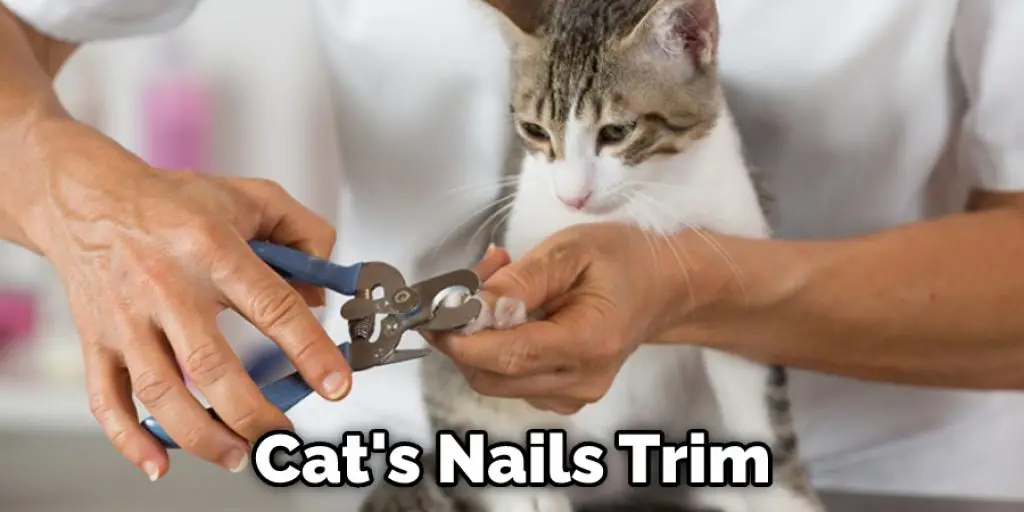
12. Moving Into a New Home
If you’ve recently moved into a new home, it’s possible that the previous residents had fleas. These pests can live in carpeting and furniture for months, waiting for a new host. To be safe, have your new home treated for fleas before bringing your cat inside.
13. Buying Used Furniture
If you have recently purchased used furniture or have moved into a new apartment or home, there is a chance your indoor cat has fleas. These pests can easily hitch a ride on secondhand furniture and quickly make themselves home in your home.
If you think your cat may have fleas, check for signs of these parasites, such as excessive scratching, biting, or licking the skin. You may also see small brown specks on your cat’s fur or in their bedding – these are flea eggs.
If you spot any of these signs, take your cat to the vet for treatment, and be sure to clean all of their bedding and brushes to prevent re-infestation.
Why Does My Indoor Cat Have Fleas?
Every indoor cat owner’s worst nightmare is that you spot a flea crawling on your feline friend. But how did your cat get fleas in the first place? There are a few ways that this can happen. First, if you have recently visited a friend or family member who has an outdoor pet, it’s possible that your cat came into contact with a flea there.
Fleas can also hitch a ride indoors on your clothes or shoes. Even if your cat never goes outside, it can still get fleas from other animals who come into your home. The best way to prevent your cat from getting fleas is to keep them up to date on their parasite control products and regularly check them for any signs of pests.
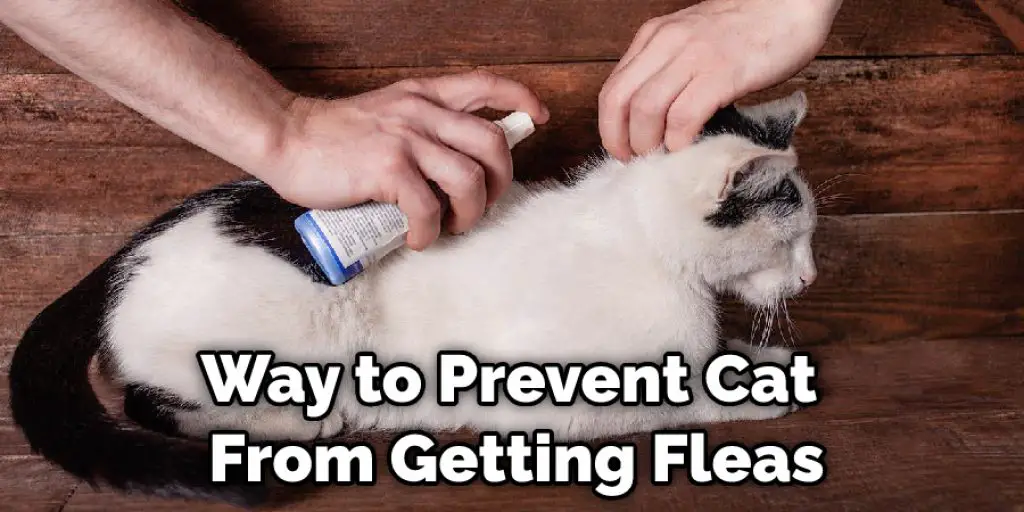
Why Does My Cat Keep Getting Fleas Even After Treatment?
If your cat keeps getting fleas even after treatment, there are a few possible explanations. First, the treatment may not be effective against the specific type of flea that your cat is exposed to. There are many different types of fleas, and not all treatments are equally effective against all types.
Second, the infestation may be resistant to the treatment you are using. This is more likely if you have not changed your flea treatment regimen in a while. If the infestation is resistant to the treatment you are using, you may need to switch to a different product.
Finally, your cat may be getting re-infested by fleas from other animals. If this is the case, you will need to treat all of your pets for fleas at the same time. Keep reading for more information about why does my indoor cat have fleas?
Frequently Asked Question
Is It Common for Indoor Cats to Get Fleas?
Yes, it is common for indoor cats to get fleas. Fleas thrive in warm environments and can easily attach themselves to a pet’s fur. While it is more common for outdoor cats to get fleas, indoor cats can also be susceptible to them if there is a flea infestation in the home.
What Kills Fleas Instantly on Cats?
There are a few different ways to kill fleas on cats instantly. The most popular way is to use a flea collar, but drops, shampoos, and powders can be used.
Can Fleas Live in Cat Litter?
Fleas can live in cat litter, so it’s important to clean your cat’s litter box regularly. If you have an indoor cat, keep their litter box clean and free of fleas.
Conclusion
Fleas are a common problem for indoor cats, but there are ways to get rid of them. If you’re having trouble getting rid of fleas, talk to your veterinarian. They may be able to help. Thanks for reading our post about why does my indoor cat have fleas?

